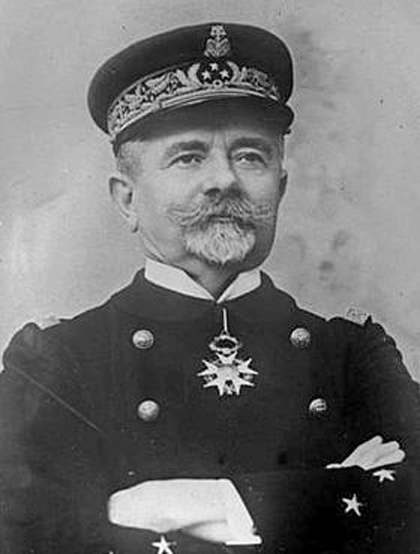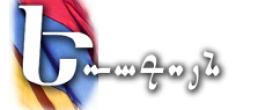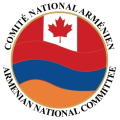Vice-Admiral Dartige Du Fournet – Saviour Of Musa Dagh Armenians
- (0)
Vice-Admiral Dartige Du Fournet – Saviour Of Musa Dagh Armenians –

There were only 600 fighters among the 5,000 Armenians and they had few weapons. But they were determined and well disciplined.

|
Survivors from Musa Dagh with one of the flags noticed by the French navy, The Graphic, November 13, 1915 |
At the risk of tarnishing his career, he gave the order to send all cruisers at his disposal to Musa Dagh to begin evacuations immediately.

|
Louis Dartige du Fournet, Armenian Genocide Museum Institute collection |
The total number of those rescued was 4,058. It included 1,563 children, several of whom had been born during the operation itself.

|
Refugees from Musa Dagh boarding French ships, The Sphere, October 30, 1915 |
On October 10, 1915 du Fournet was appointed allied commander in the Mediterranean Sea. In December 1916, after the landing of French soldiers near Athens, Louis Dartige Du Fournet was dismissed. He never had children and married a widow after his dismissal. He lived in a small villa near St. Chamassy in southwestern France. Du Fournet died in 1940 and was buried in St. Chamassy. At the time of his death, and for many decades after, the French population knew nothing about his rescue efforts.


















